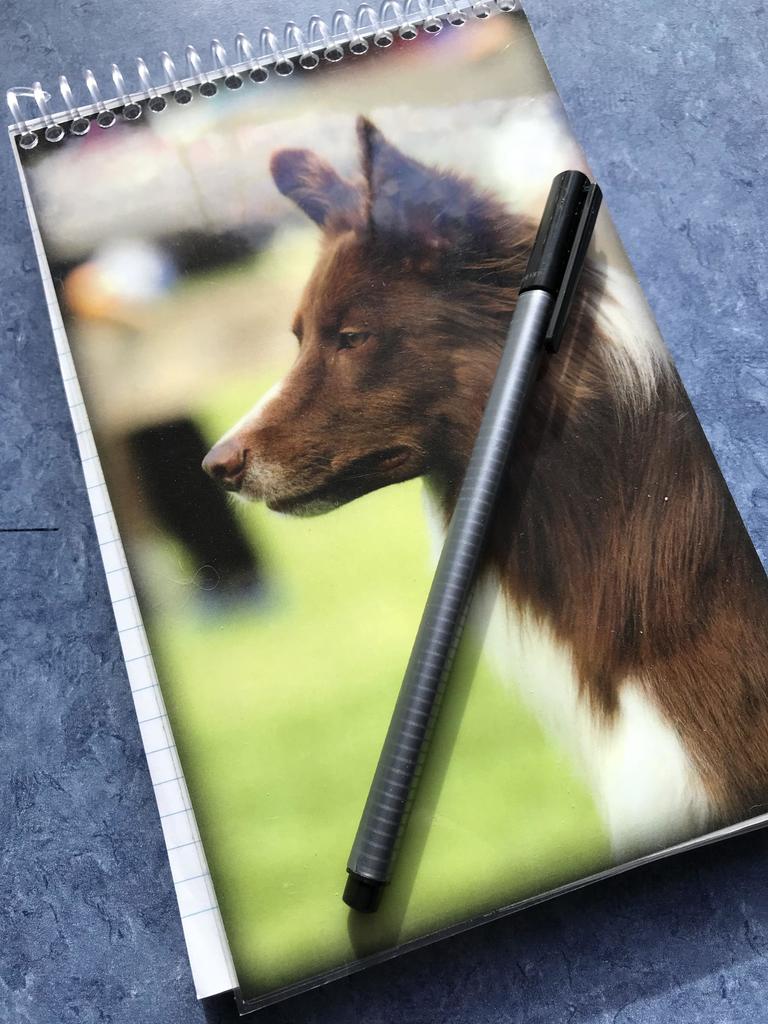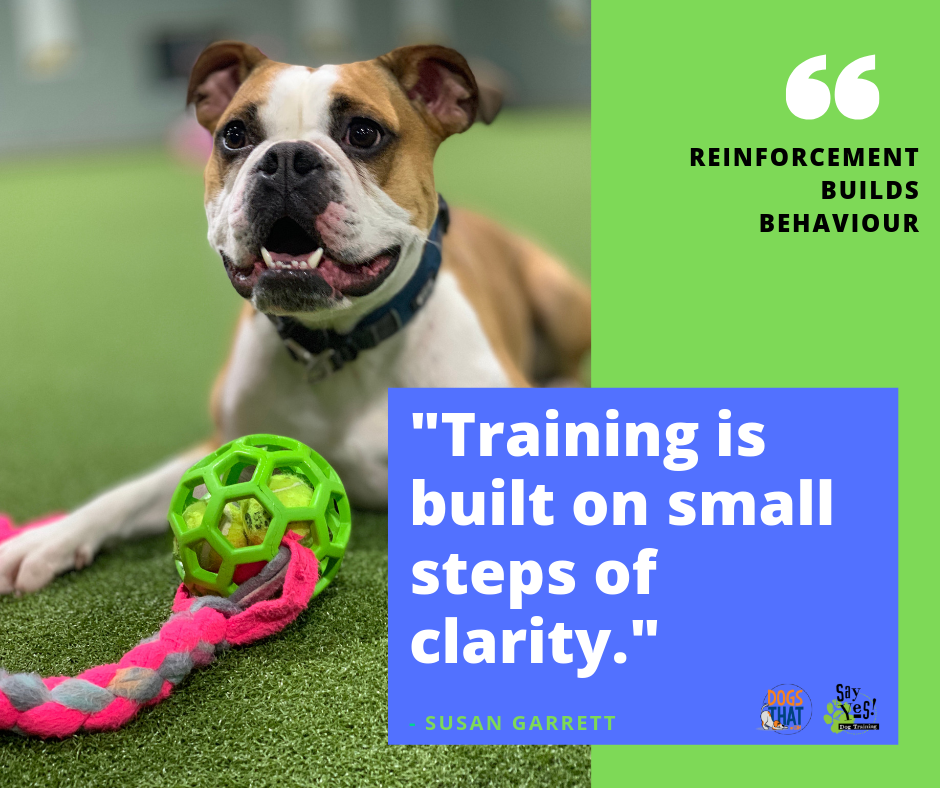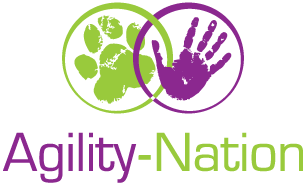 We previously looked at creating a positive experience for our dogs when visiting the vet. This includes shaping our dogs to cooperate in their own care. Over the years on my blog, I’ve written a lot about the benefits of shaping. I’ve even included a video of a comparison of my own shaping sessions.
We previously looked at creating a positive experience for our dogs when visiting the vet. This includes shaping our dogs to cooperate in their own care. Over the years on my blog, I’ve written a lot about the benefits of shaping. I’ve even included a video of a comparison of my own shaping sessions.
The truth is, our dogs were born understanding how to offer behaviours and find reinforcement. A well thought out and well executed “shaping session” should be productive, efficient and very reinforcing for both dog and trainer.
If we plan and execute a training session well, it should move along at a very fast pace and be joyful as our dog demonstrates his learning and knowledge. Being intentional and purposeful with every training session is going to be rewarding for you and your dog.
The Goal of Shaping
When shaping a dog, your goal is to mark and reinforce your dog’s “choice point” … that moment in time where he has made a decision to do SOMETHING. Ideally the choice point moves the dog closer towards your targeted goal behaviour. All of your planning and training mechanics should be focused around being best able to communicate critical information about your dog’s choice. Good planning and effective execution is what will make it happen for you. My ItsYerChoice game is the foundation and the key building block to everything I teach in dog training.
Planning Intentionally for a Successful Shaping Session
End Goal: First identify the goal of your end behaviour (what do you want your dog to do?). What does the end behaviour look like in your mind’s eye? What is the criteria; how fast/how high/how many repetitions/how much or how little movement?
Stationary or Motion: Distinguish if you are shaping a stationary behaviour or behaviour of motion. The answer to the question will determine your reinforcement strategy. What you use for reinforcement and where you place that reinforcement should always benefit what you are shaping your dog to do.
Know What You Don’t Want: Almost as important as having a vision of what you would like your dog to do is clearly knowing what you do not want your dog to do. We looked at this in my blog on “Wait, Watch, Work” training. By knowing ahead of time what responses you do not want your dog to offer, you will be prepared to not mark or reward the dog should your dog offer one of those responses.
Map it Out: All good training sessions start with a written plan. It is a plan of action of how to get your end or “goal” behaviour. Bob Bailey suggests to us all that we “Be a splitter, not a lumper”. By that, he is encouraging us to chunk the vision of our larger behaviour down into smaller responses that we can build separately and eventually put together to give us our targeted response.
When you are mapping it out, refer to the 6 Keys to Shaping Behaviour as that is going to be of immediate help with your plan.
Think – Plan – Do – Review: Those are the action steps Bob Bailey suggests to us all when wanting to set ourselves up for the best possible outcome in our training. Bob says you can not “think” or “plan” while you are “doing” and hope to be effective with your “doing.” Likewise, you can not “do” while you are “thinking” or “planning”. If you want to set yourself up to do the best job possible as a dog trainer first think about your plan, then ink out your plan before you execute it.
Video your training and review your record keeping and make the necessary adjustments before your next session. If you are reluctant to video your training visit my blog post “How To Embrace Videoing Your Dog Training” for tips that will help you.
Manipulate Your Environment
Your first step towards you actually training should be to manipulate the environment in order to set your dog up for success. Environmental manipulation reduces the number of failures your dog has, increasing the success of your session as it decreases the options your dog has while working with you.
In my opinion there is nothing else that is unrelated to the dog himself, that has more impact on your dog training than environmental manipulation. As I’ve written before, we don’t start training an excited young Terrier to recall when we are at the bunny farm.
The larger the environment you train in, the more potential distractions to your training and the more options your dog has available to him. Keeping the environment small (without exciting distractions) helps to keep you as the focus of the dog’s attention!
How to set your environment up for success:
- Keep your dog on a leash so he can only choose to examine the area that extends to the end of that leash.
- Train in a small room such as your bathroom (and I know many of you reading this have seen my bathroom training in videos).
- Use a baby gate to section off an area of a larger room.
- Use your Crate Games foundations and shape your dog to stay in a chair or dog bed and start your session from there. Crate Games is all about shaping!
- Sweep the floor of loose treats or crumbs, to keep distractions and external reinforcements to a minimum.
- Remove toys and treats from the reach of the dog (that includes items on the top his crate or just out of his reach that will draw his attention away from his work).
- Position your body effectively. How you are standing or sitting will influence how the dog holds his head and uses his body while he is learning this new response. Those influences will be built into your final behaviour so be certain to choose your own body position while shaping carefully.
It may seem like I am suggesting you go to a lot of work BEFORE you train the dog; planning your session, then manipulating your training environment. However, any time spent setting yourself up for success in advance of your training will pay off many times over for you by having more efficient training sessions; thus saving massive time by avoiding spending time ineffectively training.
Build your training with small steps of clarity. With a history of strong reinforcement, you can eventually challenge any dog to work in any environment provided you know how to split the behaviour into manageable responses.
Let me know in the comments where and how you can create a quiet area for your shaping sessions to set your dog up for success.
Today I am grateful for all the dogs in our lives who teach us that reinforcement really does build behaviour.







What are some examples of shaping exercises to do and how to build up to goal, I’m never sure what to click, for some reason I have a hard time with shaping
As always: great article on best practices in dog training!
I learned with a very food motivated dog to put the food over to the side, not in my pocket, not in my hands, not in my mouth, not in a treat pouch. I also hold my hands out with a “see empty” to get a longer hold. I also did a count down out loud initially and then faded that. The counting helps me know when I am rushing for more duration too quickly. Since my dogs learn agility before they learn formal obedience the 5 an 4 and pause table count down is already in use. So for hold I actually use the alphabet. I also incorporated a lower level reinforcer for the 2 year old. Click or yes means exercise done, but she needs to know that she is doing it right as we go. So for the last 2 dogs I have added in a “Good Good” which means “you are on the correct path”. So as she learns to hold things for obedience PWD water work, and tricks my words are Take, hold “A” “Good” “B” Good”…… This is how I built up duration fora 25 foot bumper heel and carry exercise we have to do for PWDCA water work. By incorporating a verbal “count” of some sort I know when we are increasing duration without having to look at my watch. This way I can stay fully connected to the dog.
I struggle to know when to up the ante to get more behaviour, need a strong dumbbell retrieve I get teeth on dumbell but when I wait for more get barking suggestions please